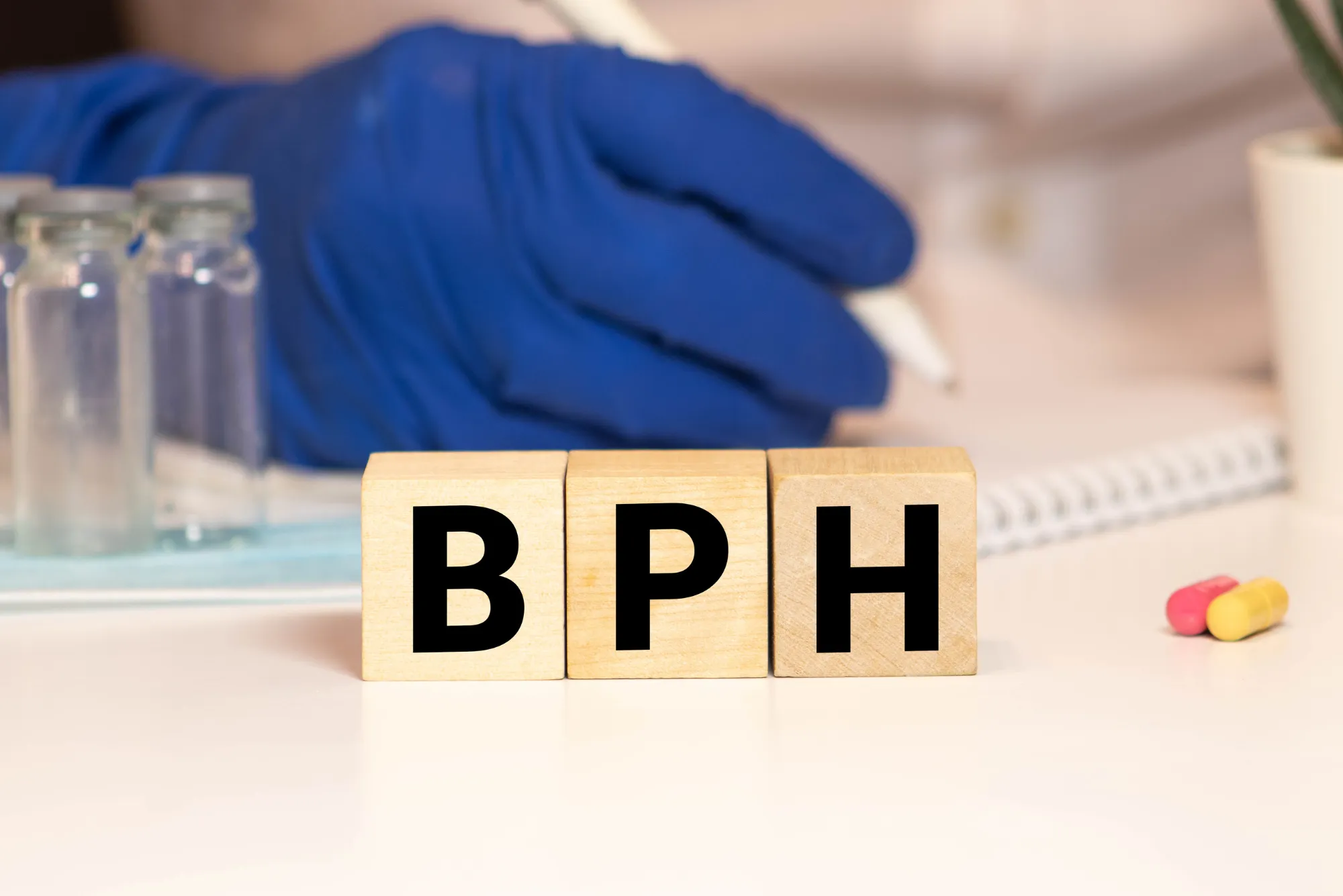Benign Prostatic Hyperplasia (BPH) is a common condition affecting men as they age. It occurs when the prostate gland enlarges, leading to urinary difficulties and discomfort. While BPH is not cancerous, it can significantly impact quality of life if left untreated. Recognizing the early signs of BPH can help in managing symptoms effectively and seeking timely medical intervention.
Understanding BPH and Its Impact
The prostate gland, located just below the bladder, plays a crucial role in male reproductive health. As it enlarges due to BPH, it can put pressure on the urethra, causing various urinary symptoms. This condition typically develops gradually, making it essential to identify the first warning signs early.
Common Early Signs of BPH
Men with BPH often experience mild symptoms at first, which can worsen over time. The earliest indicators include:
Frequent Urination
One of the most noticeable early signs of BPH is an increased urge to urinate, especially at night. Nocturia, or waking up frequently to urinate, is a common complaint among men with an enlarged prostate.
Weak Urine Stream
As the prostate gland grows, it can obstruct urine flow, leading to a weakened or slow urine stream. Some men may also notice difficulty starting urination, a condition known as hesitancy.
Incomplete Bladder Emptying
Men with BPH often feel as though their bladder isn’t fully emptied after urination. This sensation can lead to discomfort and the need to urinate again shortly after using the restroom.
Sudden Urges to Urinate
Urgency, or a sudden, uncontrollable need to urinate, is another early symptom of BPH. This can cause inconvenience and anxiety, particularly in social or professional settings.
Difficulty Initiating Urination
Some men experience a delay in starting urination, requiring effort to begin the flow. This symptom can be frustrating and may lead to prolonged visits to the bathroom.
Dribbling at the End of Urination
Dribbling or leakage of urine after urination is a common sign of BPH. This occurs because the bladder muscles weaken due to increased pressure from an enlarged prostate.
Hyperplasia Symptoms: When to Be Concerned
BPH symptoms can vary in severity, but if they interfere with daily life, medical advice should be sought. For more insights into Hyperplasia Symptoms, visit this resource. Early diagnosis and treatment can prevent complications such as urinary tract infections and bladder damage.
BPH Signs and Symptoms: When to See a Doctor
If you notice persistent urinary issues, consulting a healthcare provider is crucial. BPH Signs and Symptoms may overlap with other prostate conditions, making medical evaluation necessary. Read more about BPH Signs and Symptoms here.
Treatment Options for BPH
Managing BPH effectively depends on symptom severity and overall health. Common treatment options include:
Lifestyle Modifications
Simple changes like reducing caffeine intake, staying hydrated, and practicing bladder training techniques can alleviate mild symptoms.
Medications
Doctors often prescribe alpha-blockers to relax prostate muscles or 5-alpha reductase inhibitors to shrink the prostate.
Minimally Invasive Procedures
For moderate cases, procedures such as transurethral microwave therapy (TUMT) or transurethral needle ablation (TUNA) can reduce prostate size with minimal downtime.
Surgery
Severe BPH cases may require surgical intervention, such as Transurethral Resection of the Prostate (TURP), to remove excess prostate tissue and restore normal urine flow.
Preventing BPH Progression
While BPH is largely age-related, certain lifestyle choices can help reduce the risk or slow its progression. Regular exercise, a balanced diet rich in fruits and vegetables, and maintaining a healthy weight are beneficial preventive measures.
Choosing the Right Healthcare Provider
Selecting a qualified urologist or healthcare provider is crucial for effective BPH management. Look for specialists with experience in treating prostate conditions and consider seeking a second opinion if needed.
For a broader range of health-related topics and wellness advice, visit Ohopen. This platform provides valuable insights on maintaining overall well-being, including expert-reviewed medical articles and tips.
Conclusion
Recognizing the early signs of BPH is essential for timely diagnosis and effective treatment. If you experience symptoms such as frequent urination, weak urine flow, or urgency, consult a healthcare professional. With appropriate management, BPH symptoms can be controlled, improving quality of life and preventing complications. Stay proactive about your prostate health to ensure long-term well-being.





